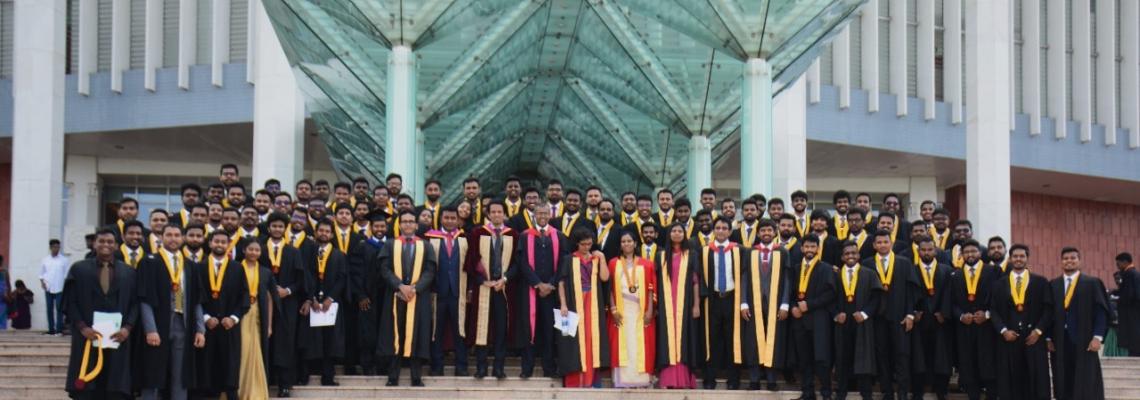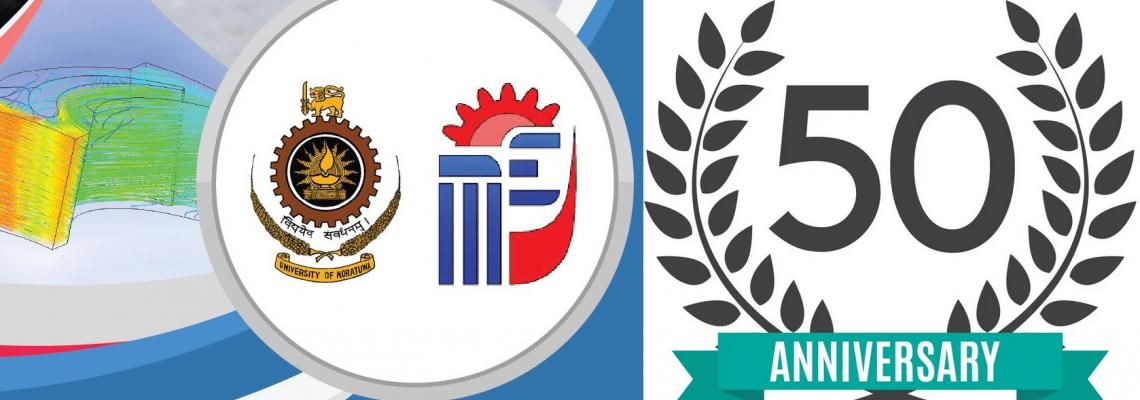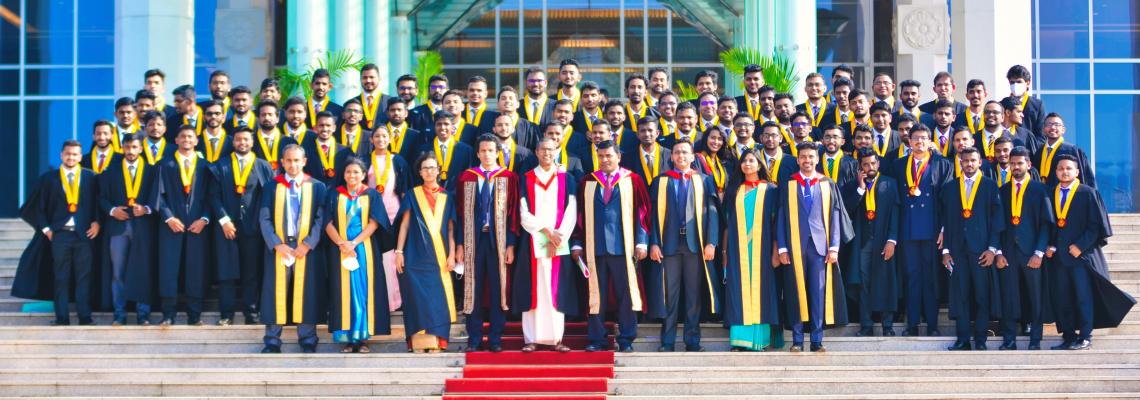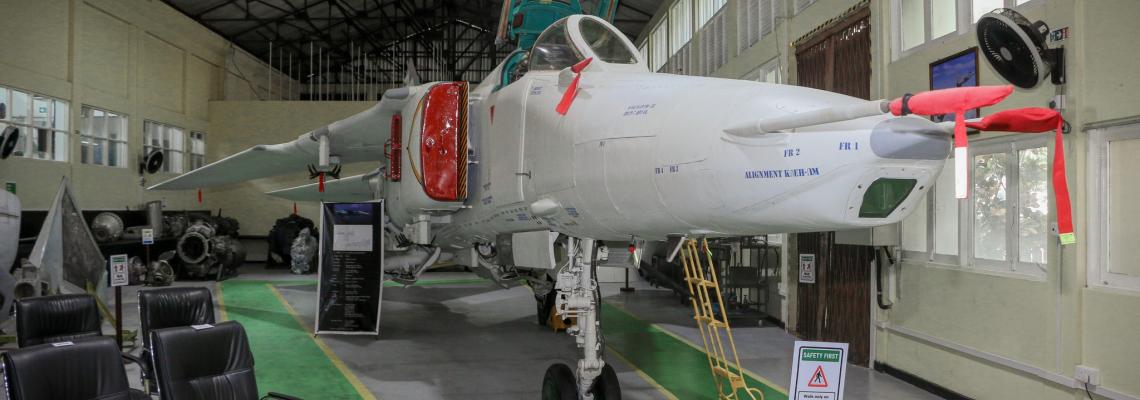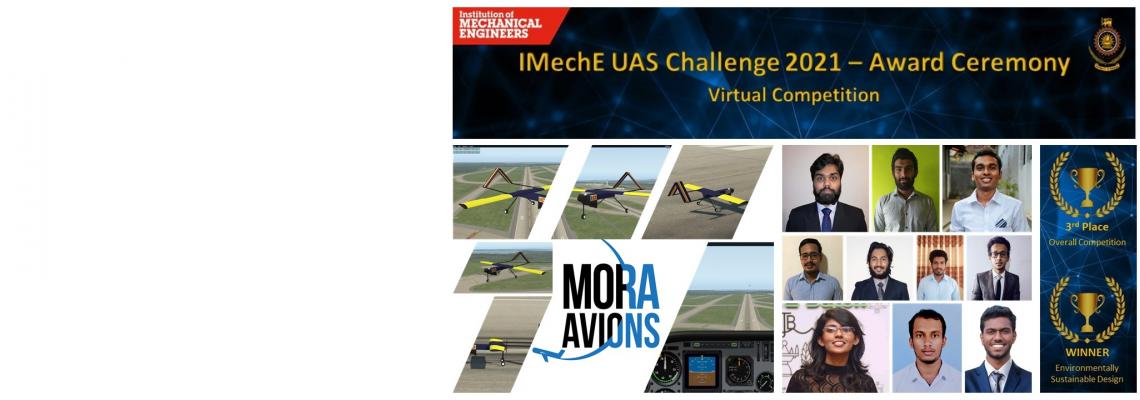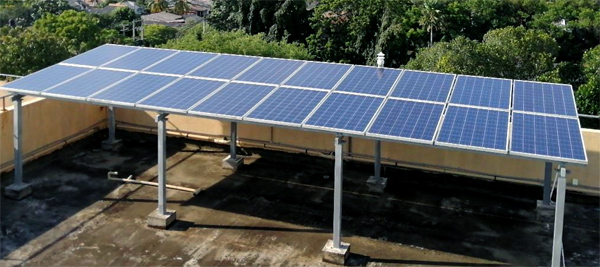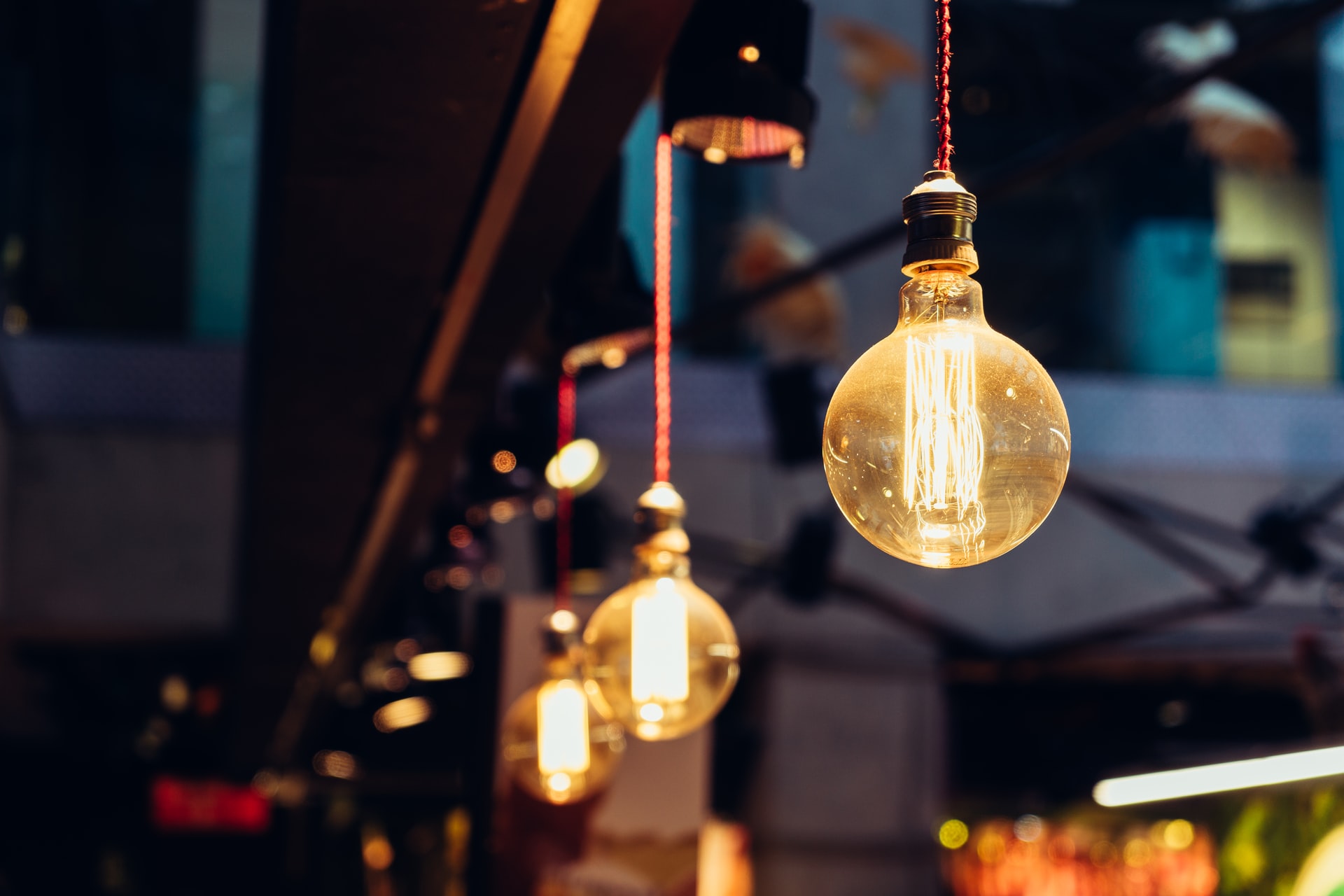
Introduction
The Energy Laboratory is initiated to facilitate self centered learning activities on renewable energy systems. Two solar PV energy conversion systems (5 kWp and 35 kWp) and a wind turbine are available for students and researchers who are interested in solar and wind energy related research projects. These two solar PV systems are funded by the Asian Development Bank (ADB). A set of Lego based renewable energy systems are also available for the students to carryout preliminary experiments on renewable energy systems. The undergraduate and graduate students are accessing the facilities in energy lab for their practical, research and project activities.
Facilities and Major Equipment
- A 35 kWp set of solar modules (string system) is installed on the rooftop of the Department of Transport and Logistics Management (TLM) building and a 5 kWp set (microgrid system) is installed in the Mechanical Engineering rooftop. The 5 kWp solar PV modules are equipped with a weather station and weather data (Irradiance, Ambient Temperature, Wind Velocity and RH) are being recorded. The surface temperature of the solar modules are also being recorded. These data and the data on power generation are accessible for undergraduate and postgraduate research work through the solar portals upon request.
Research and Projects
1. Integrating a Cooling System for Solar PV Module to maintain Energy Generation Efficiency
Research team
M.A.P. Karunarathna, U.T.R.K. Karunasena, D.G.A.S. Kumar
Supervisors: Dr. (Mrs.) Manthilake MMID, Dr. H.K.G. Punchihewa
Abstract
The power output of solar panels shows an inverse relation with its operating temperature and that affects largely for countries like Sri Lanka, which are situated near the equator. The aim of this study is to increase the solar cell energy generation efficiency up to its design efficiency by using an integrated cooling system. Possible cooling techniques which are aligned with Sri Lankan context were studied by referring past research and available systems. Rear side forced water cooling with thermal collector was identified as the most feasible technique by considering economic and environmental factors. Theoretical model was developed to estimate the design parameters of the experimental setup and predict the cooling performance. Number of ten cooling channel design configurations were modelled and analysed the cooling performance using ANSYS fluent simulations. The best design configuration was identified based on heat transfer and manufacturing capability. A prototype was manufactured to investigate the cooling performance experimentally. The experimental setup was developed using two 100-Watts solar panels with the capability of solar tracking. A cooling tower was developed to remove the extracted heat. Both power and panel temperature variation were observed and efficiency improvement was estimated. Experimental results were analysed to validate the numerical analysis performed using ANSYS fluent. The research work will be further extended to identify the optimum cooling liquid flow rate. Although, the designed efficiency was not achieved, the results of the both theoretical and experimental analysis show that integrating a rear side cooling system would increase both electrical and thermal efficiency by 63%. Considering the cost benefits and the environmental conditions of the Sri Lanka, using a heat removal system for solar modules is a feasible option. Read more...
Resource Persons
Academic Staff
Dr. (Mrs.) MMID Manthilake (Senior Lecturer)
- Email: imanthilake@uom.lk
Technical Staff
Mr. HDP Upul (Senior Technical Officer)
Mrs. AGPPK Dayarathne (Lab attendant)
Address: Energy Laboratory, Department of Mechanical Engineering, University of Moratuwa, Katubedda, Moratuwa.
Phone: +94 11 2650621 (Ext: 4545)


